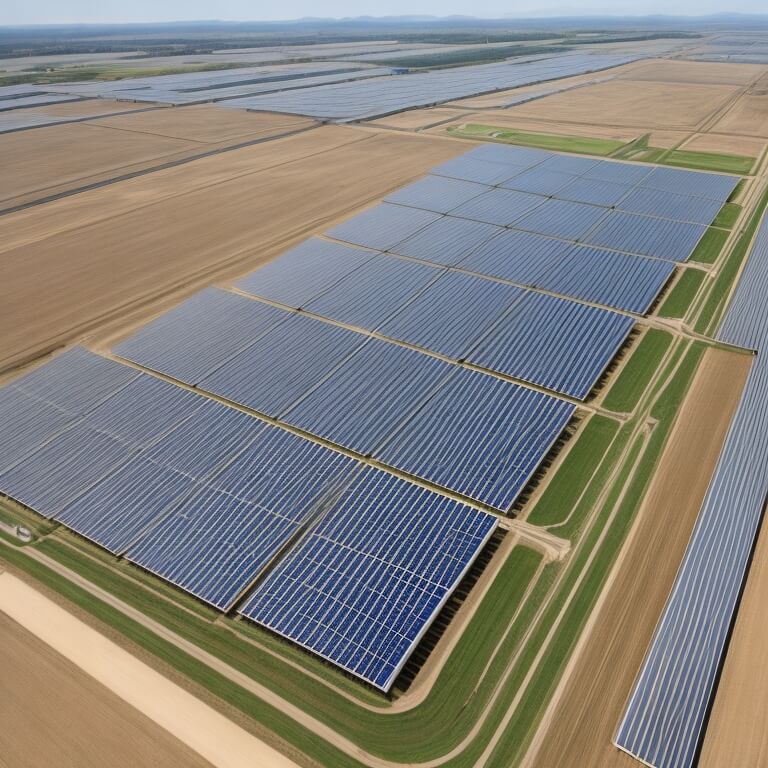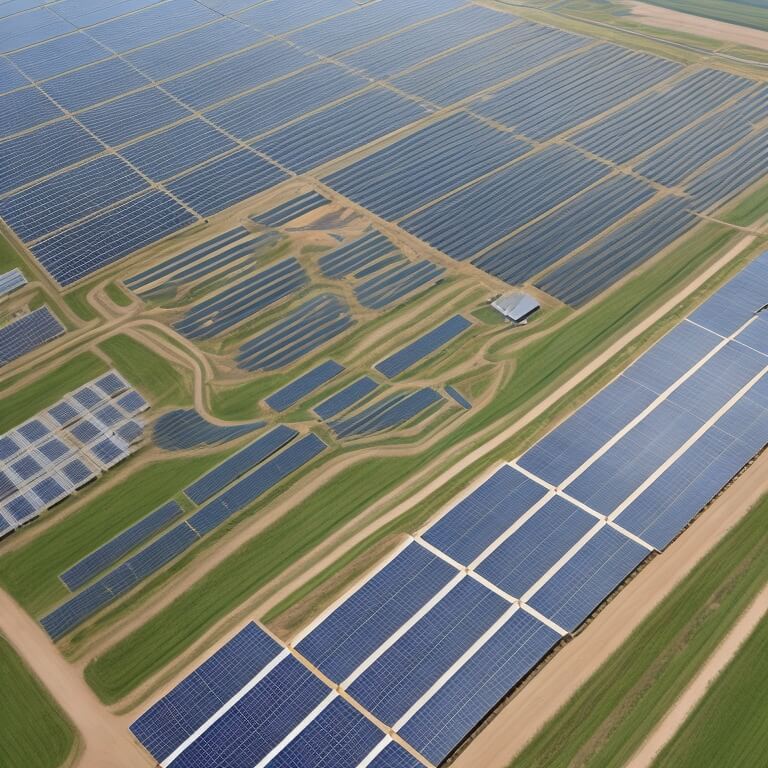
Adani Green Energy recently completed the establishment of a new 551MW solar power facility in Khavda, located in the state of Gujarat, which is now contributing electricity to India’s national power network.
This significant achievement was reached in a span of a mere year since the commencement of the project at the Khavda Renewable Energy park, which began with laying down the essential foundations such as roads, connectivity, and fostering a sustainable community environment.
Ambitious plans by Adani entail expanding the site’s capacity to an impressive 30GW, with goals to have it fully operational over the course of the next half-decade.
The Renewable Energy park in Khavda holds the potential to supply energy to approximately 16.1 million households annually.
This specific geographical area is recognized for possessing some of the finest wind and solar energy potential in all of India, making it a prime location for development on a giga-scale, as noted by the project developers.
Adani has reported that after conducting thorough research and integrating several creative methodologies, the group was able to expedite the construction process of the energy facility. Additionally, these efforts have contributed to nurturing a local and resilient supply chain.
Gautam Adani, the chairman of the Adani Group, remarked that Adani Green Energy is in the process of constructing one of the most expansive and sophisticated ecosystems in the world focused on renewable sources of energy such as solar and wind power.
He emphasized that through ambitious and leading-edge endeavors like the one at the Khavda RE park, Adani Green Energy is not only surpassing international benchmarks but also revolutionizing the norms for mapping out and implementing giga-watt scale renewable energy projects.
Gautam Adani also highlighted this development as a testament to the Adani Group’s dedication and influential part in championing the swift adoption of clean energy in India, thus contributing to the nation’s pledge to attain 500GW of renewable energy output by 2030 and a state of carbon neutrality.

